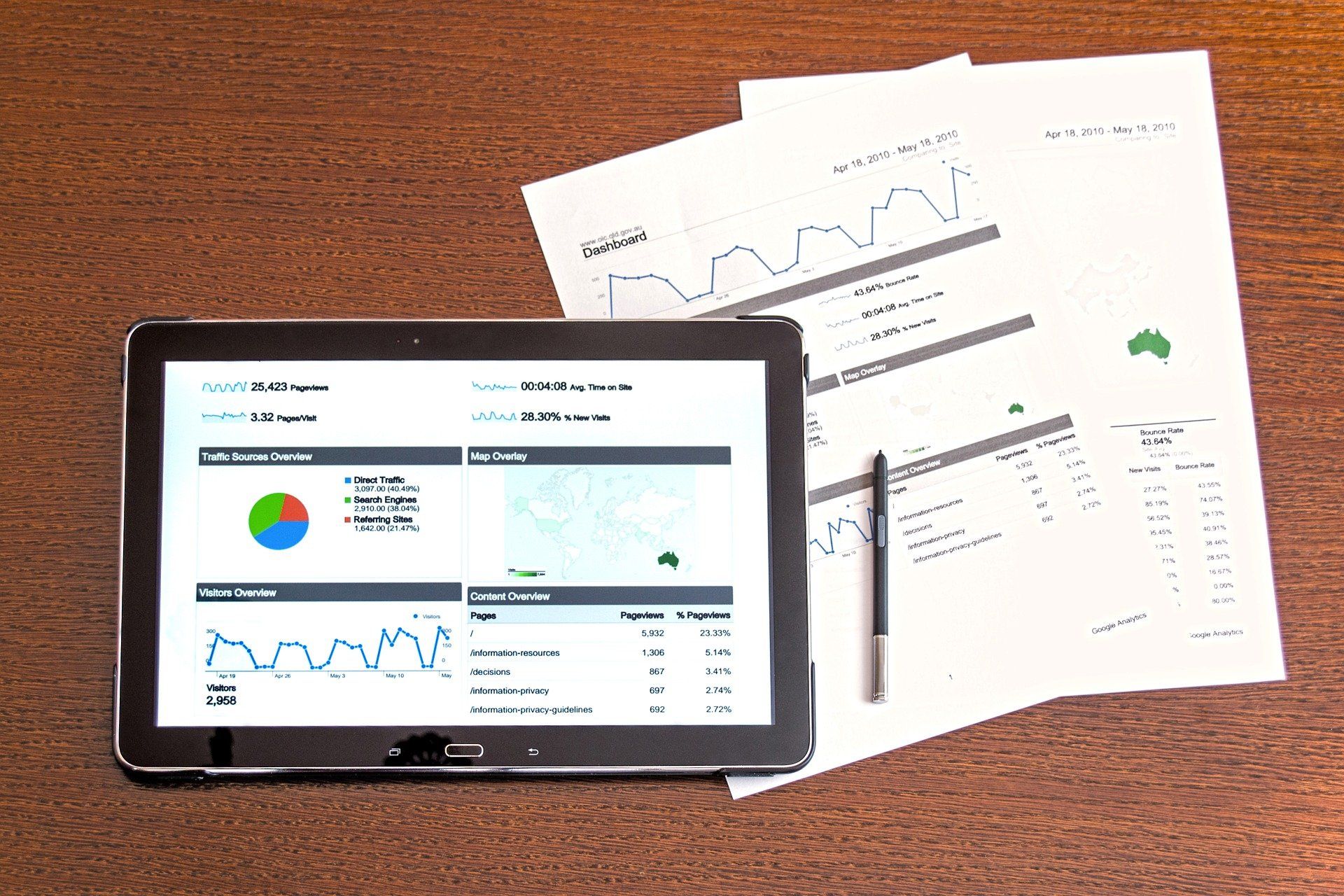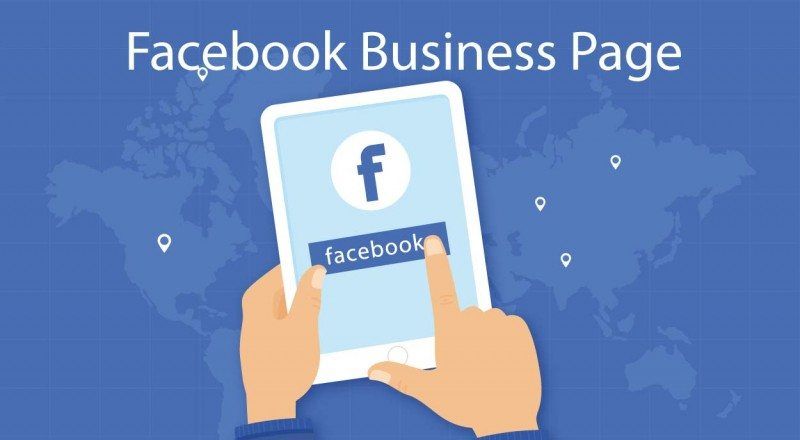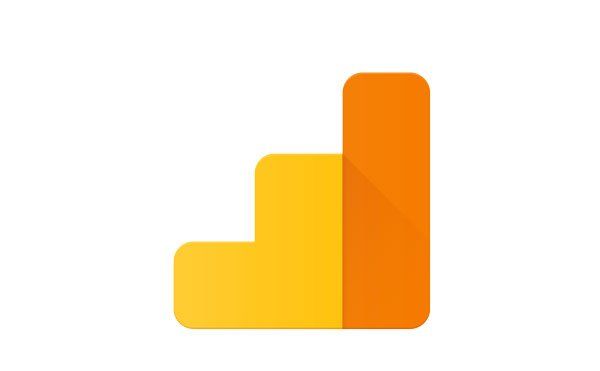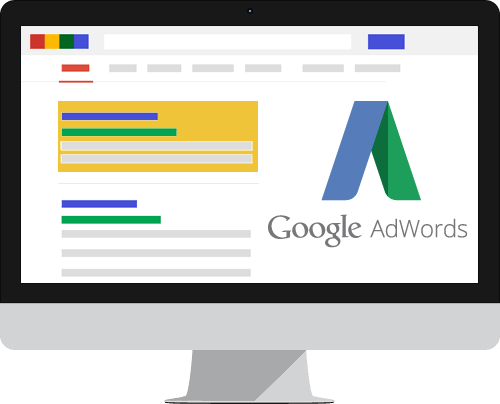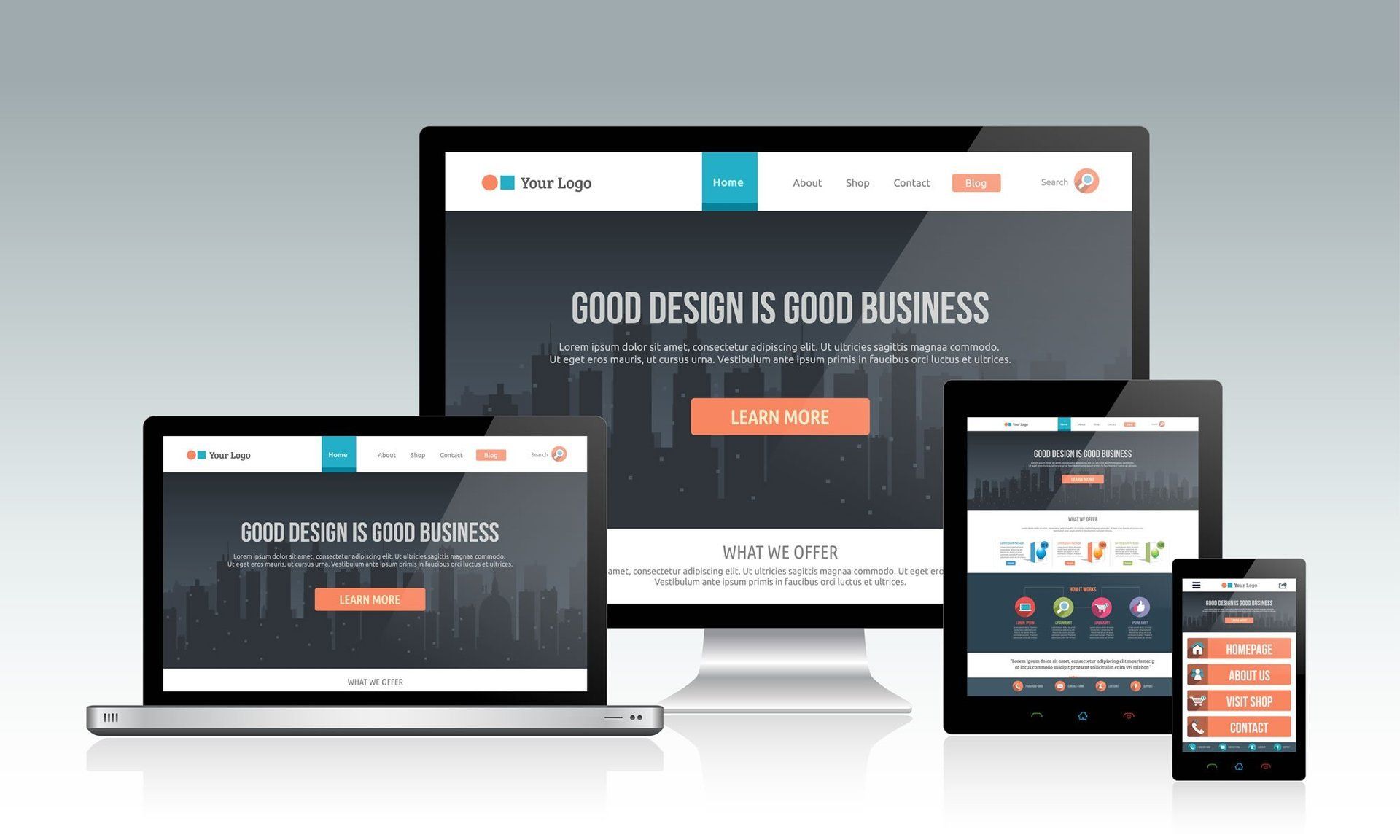Why you should invest time and money in your website
2020 has changed the way we do business and the importance of having an online presence has become even more paramount. With worldwide lockdowns and social distancing there is now more focus on online trading and many businesses have turned to websites and social media to support them during this challenging time. With the help of simple tools available, online websites can be easy and cost effective to build yourself. But be aware - there is more to successful website design than you may realise. How do you get your website to perform well in searches, does your website look good on a smartphone, is your website helping or hindering client acquisition? Below we will look at why, now more than ever before, it is important to ensure your website is more than just an online sales brochure.

Your website
is the first place your customers will look
It represents you and your business. It has become the first point of contact in almost every business transaction from searching for the address of a local store to making an online purchase without any direct communication with the business. And, it’s true - first impressions count. Would you interview the job applicant turning up in jeans for a senior office role? It’s the same for your website. In fact, it is widely accepted in the digital marketing industry that you have just 10 - 20 seconds to make a good impression – one that encourages customers to stay on your site, explore more and engage with your business. This means you need to clearly communicate your value proposition in a few seconds.
Your website is where your customers engage with you
There really is no point in spending your advertising budget sending potential customers to a website that doesn’t represent your brand well and doesn’t convert these potential customers into actual customers. In order to ensure your website does do these things you need to understand clearly what you want it to do – what is your goal? Is it information sharing, to get customers to call, or for them to actually make an online purchase? A good average session time on a website is 2 to 3 minutes. Not much! Don’t leave your customers guessing what they need to do to engage with you - have a clear ‘call to action’. You need to lead them easily to register, call, signup or buy and you only have minutes to do this.
Your website belongs to you
Unlike a Facebook or Instagram business page your website is yours and is fully customisable by you. It is your opportunity to tell your prospective clients about your business and products or service. How it looks and how your prospective clients interact with your website is totally up to you. Social media, on the other hand, is one standard format and you have to work within their parameters. Additionally, social media sites, like Facebook, are coming under increasing pressure to censor information and can (and do) change the rules regularly.
Social media is, however, an important part of your digital marketing campaign. Posting an article on LinkedIn will generate interest on LinkedIn. To fully work for you it needs to also direct customers to your website. Similarly with Facebook or Instagram, the goal of any post should be to direct prospective customers to your website – where you can wow them with your products, services and knowledge.
Your website needs to look good on all devices
It’s easy to forget when you are building your website on a laptop or computer that it might not look the same when your customers view it on a mobile phone or tablet. Mobiles, excluding tablets, account for more than half of worldwide website traffic. Ensuring your website looks good and performs well on all devices needs to be a priority.
Your website needs to appear in searches
Let’s face it - how potential customers find your website is fundamental. We’ve discussed being directed from other forms of digital media, but the chances are that more than half your website traffic comes from ‘organic searches’, using search engines such as Google. The way that search engines handle a search and decide which websites to rank highest in the search results is a hugely complex process. Ensuring your website is discoverable and performs well in the ranking means understanding Search Engine Optimisation (SEO). There are many facets to SEO but they include using ‘keywords’ throughout your website, using ‘metatags’ in titles and ‘alt text’ for pictures. Keywords are the words that prospective customers will use to search for your site and in order for search engines to find you they need to appear in the right places on your website.
Using a simple website building tool yourself may seem easy and cost effective, but unless you truly understand what is important and how to make your website work for you, you could be wasting your money.
At Market Elements we are experts on website design , Search Engine Optimisation and creating content using your most important keywords. Call us Now for a Free Consultation on 03 218 4020 or Click hereto send us a message.





